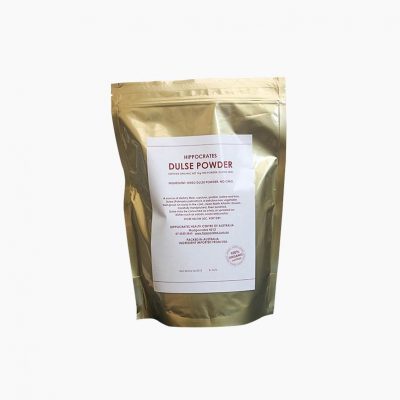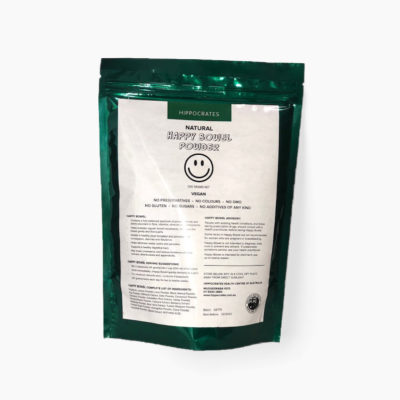
Reasons to Meditate
- In a study of health insurance statistics, meditators had 87% fewer hospitalizations for heart disease, 55% fewer for benign and malignant tumors, and 30% fewer for infectious diseases. The meditators had more than 50% fewer doctor visits than did non-meditators. (1)
- Meditation lowers blood pressure to levels comparable to prescription drugs for those who are normal to moderately hypertensive. (2)
- Meditation increases circulation in beginning meditators by 30%, and in experienced meditators by as much as 65%. (3)
- Meditation has endorsed by the US NIH as effective for the relief of chronic pain. Chronic pain sufferers experienced a reduction in symptoms of 50% or more. (4)
- 75% of long-term insomniacs who have been trained in relaxation, meditation, and simple lifestyle changes can fall asleep within 20 minutes of going to bed. (5)
- Meditation reduces blood sugar levels in diabetics. (6)
- A group of inner-city residents suffering from chronic pain, anxiety, depression, diabetes and hypertension were trained in meditation. They experienced a 50% reduction in overall psychiatric symptoms, a 70% decrease in anxiety, and a 44% reduction in medical symptoms. (7)
- Brain scans show that meditation shifts activity in the prefrontal cortex (behind the forehead) from the right hemisphere to the left. People who have a negative disposition tend to be right-prefrontal oriented; left-prefrontals have more enthusiasms, more interests, relax more, and tend to be happier. (8)
- Researchers tested novice meditators on a button-pressing task requiring speed and concentration. Performance was greater after 40 minutes of meditation than after a 40-minute nap. (9)
- Meditation helps chronically depressed patients, reducing their relapse rate by half. (10)
- Meditators react more calmly than non-meditators to emotionally arousing stimuli. (11)
- Those with smoking, alcohol, and eating addictions who have been trained in meditation break their addictions with significantly lower relapse rates than those receiving standard therapies. (12)
- Middle school children who practice meditation show improved work habits, attendance, and test scores. (13)
- Brain scans of meditators show increased thickness in regions of the cortex associated with higher functions such as memory and decision making. (14)
- Meditation appears to slow ageing. Those meditating five years or more were 12 years younger than their chronological age. (15)
Get your free Holosync Meditation Demo.
References
- D. Orme-Johnson, Pschosomatic Medicine 49 (1987): 493-507.
- Michael Murphy and Steven Donovan, The Physical and Psychological Effects of Meditation (Institute of Noetic Sciences, 1997).
- Ibid.
- J. Kabat-Zinn, L. Lipworth, R. Burney, and W. Sellers, “Four year follow-up of a meditation-based program for the self-regulation of chronic pain,” Clinical Journal of Pain 2(1986): 159-173.
- Gregg Jacobs, Harvard Medical School, Say Goodnight To Insomnia, (Owl Books, 1999).
- H. Cerpa, “The effects of clinically standardised meditation on type 2 diabetics,” Dissertation Abstracts International 499 (1989): 3432.
- B. Roth, T. Creaser, “Meditation-based stress reduction: experience with a bilingual inner-city program,” Nurse Practitioner 22(3) (1997): 150-2, 154, 157.
- R. Davidson, J. Kabat-Zinn, et al, “Alterations in brain and immune function produced by mindfulness meditation,” Psychosomatic Medicine 65 (2003): 564-570.
- Reported in The Boston Globe, November 23, 2005
- J.D. Teasdale, Z.V. Segal, J.M.G. Williams , V. Ridgeway, M. Lau, & J. Soulsby, “Reducing risk of recurrence of major depression using mindfulness-based cognitive therapy,” Journal of Consulting and Clinical Psychology, 68 (2000): 615-23.
- Michael Murphy and Steven Donovan, The Physical and Psychological Effects of Meditation (Institute of Noetic Sciences, 1997).
- C.N. Alexander, P. Robinson, M. Rainforth, “Treatment and prevention of drug addiction,” Alcoholism Treatment Quarterly 11 (1994): 11-84.
J. Kristeller and B. Hallett, “An exploratory study of a meditation-based intervention for binge eating disorder,” Journal of Health Psychology Vol 4, (1999): 357-363.
P.A. Royer-Bounouar,“A new direction for smoking cessation programs,”Dissertation Abstracts International 50, 8-B (1989): 3428.
M. Shafii, R. Lavely, and R. Jaffe,“Meditation and marijuana,” American Journal of Psychiatry 131 (1974): 60-63. - H. Benson, M. Wilcher, et al, (2000). “Academic performance among middle school students after exposure to a relaxation response curriculum,” Journal of Research and Development in Education 33 (3) (2000): 156-165.
- Massachusetts General Hospital, reported by Carey Goldberg, The Boston Globe (November 23, 2005)
- R.K. Wallace, M.C. Dillbeck, E. Jacobe, B. Harrington, International Journal of Neuroscience 16 (1982): 53-58.
Get your free Holosync Meditation Demo.




